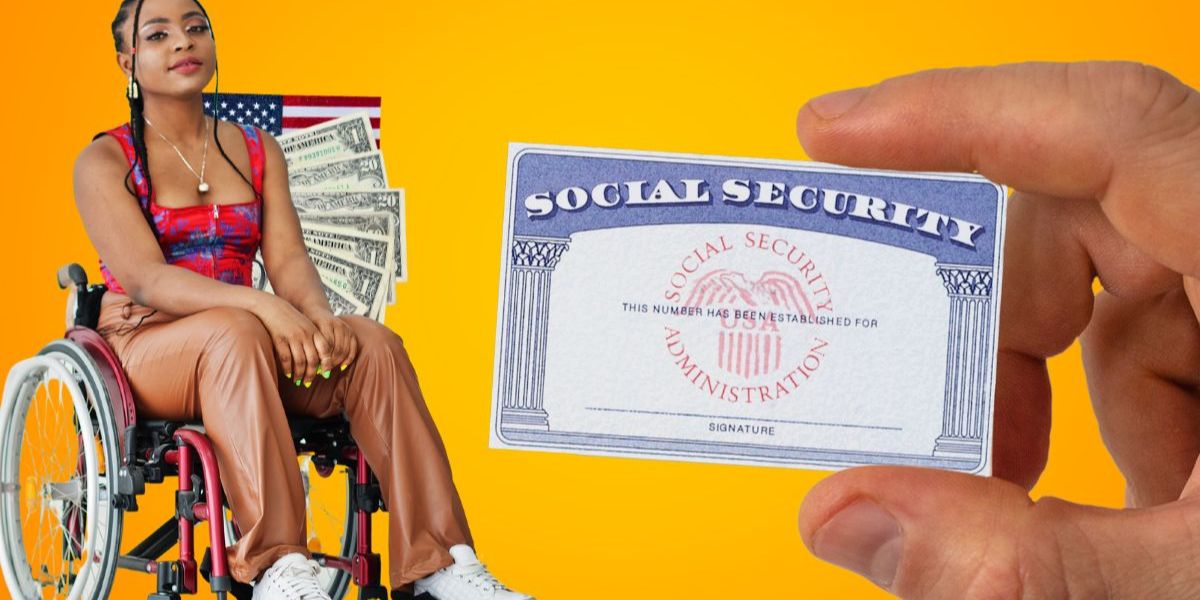The online “my Social Security” portal once handled almost everything. Now, any fresh claim or change of address, bank account, or representative payee triggers a face-to-face review. You must present an original passport, driver’s license, or birth certificate—copies alone will not fly.
The change follows a three‑year rise in stolen Social Security numbers that peaked after pandemic lockdowns pushed more business online.
Field offices already average 33‑minute waits. Add mandatory ID interviews and staffing gaps, and delays could stretch weeks. That worries retirees who lean on their benefit checks to cover rent or medication. Some seniors, especially in rural areas, may struggle to reach the closest office. The SSA says “urgent hardship” cases can request home visits, but advocates fear many won’t know that option exists.
First‑time applicants face longer waits, so gather documents early to avoid setbacks
New claimants should plan ahead: lost paperwork or missed appointments will restart the clock. Disability filers (SSDI) and low‑income applicants (SSI) could see a hold on back pay if identity proof lags behind eligibility decisions. Got travel plans? Reschedule.
Unlike before, you cannot finish the claim until an agent stamps your originals. Important: documents and steps before your appointment:
- Passport, REAL ID driver’s license, or state ID
- Certified birth certificate or naturalization record
- Social Security card (if available)
- Printed appointment confirmation with agent’s name
- Sealed photocopies to leave with the office
- Folder for receipts and case numbers
Keep every email, ticket number, or dated slip; if payment is late, those records support a retroactive claim.
Simple steps to prepare and protect your monthly retirement and disability payments
First, log in to “my Social Security” to confirm your name, date of birth, and address match your IDs. Second, call your office—not the national 800‑number—to book a slot; walk‑ins may face same‑day cutoffs. Third, ask whether spouses or caregivers can accompany you, and whether your state offers mobile units for immobile recipients.
Finally, mark your calendar: benefits could pause if documentation arrives after the monthly processing cut‑off.
Tighter identity checks aim to safeguard the trust fund and restore public confidence. Yet every extra step risks shutting out the very people the program was built to serve. A little preparation—plus persistence—will help you clear the new hurdle and keep those payments flowing.




